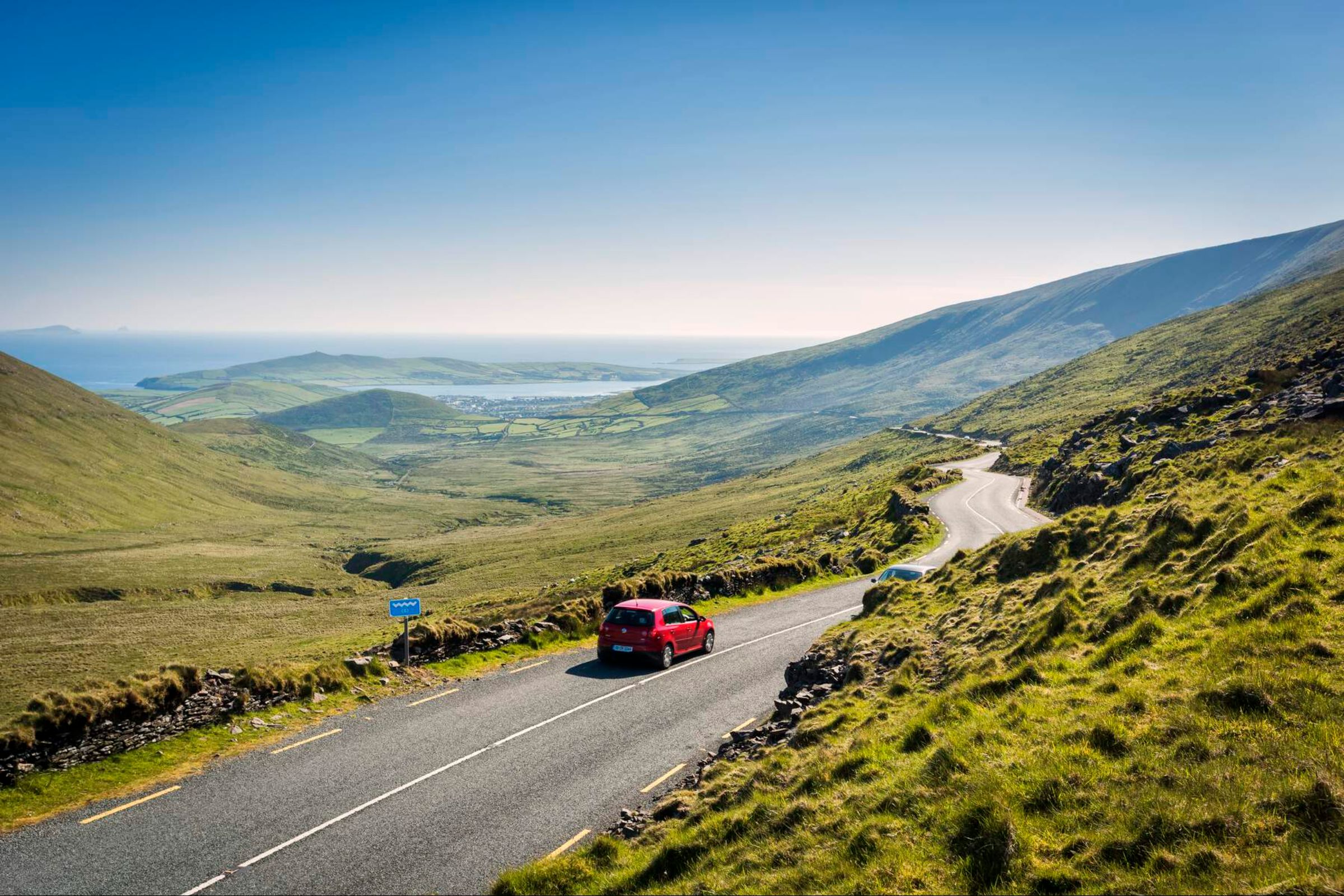Getting the Best Gas Mileage Out Of Your Conversion Van

Conversion vans do not boast best-in-class fuel mileage numbers like they boast the number of fun adventures had, but they can offer fuel economy if maintained regularly. The typical conversion van will get approximately 12-16 miles per gallon (mpg), depending on the model. Let’s explore factors that effect fuel economy and how to get the best gas mileage out of your van.
Conversion Vans and Fuel Efficiency
Weight is a primary foe of fuel efficiency. Most safety technologies have added weight. Hauling around more weight means engines need to produce more power.
Mark owns a 2002 Chevy Express high-top conversion van. He drives the van roughly 70{899b15f80a2d8718204d48354149b0a45e47eff631d37dac5896e2c8e1eedb93} on the highway with cruise control on, and the rest city driving. His van is equipped with a wheelchair lift, which adds weight. “My gas mileage is 10 mpg.”
Susan owns a 2001 Chevy Express 15-passenger van on a 1 ton chassis. “I purchased it used with nearly 40,000 miles. About four years later, I got a tune-up at 91,000 miles. My van still averages 10-11 mpg.” Her van’s 30-gallon fuel tank allows for a total trip of 390-320 miles before she needs to stop for fuel.
According to The U.S. Department of Energy, Mark’s and Susan’s Chevy Express vans should be getting 14 mpg, combined city and highway.
If you ask different owners of the same conversion van models, they are getting 15 to 18 mpg. What is their secret?
Weather conditions (wind), van maintenance, road conditions (hills, traffic congestion, etc.) and driving city or highway are among the factors affecting your van’s gas mileage. City driving brings the average down real fast. The only mileage that you can reliably compare between vans is highway mileage (with no city) at the same speed.
8 Helpful Tips for Conversion Van Gas Mileage
Gas mileage for any vehicle is affected by driving style (if you are an aggressive driver, for example), speed, driving conditions and vehicle maintenance.
Aggressive driving (speeding, rapid acceleration and braking) wastes gas and can lower your gas mileage by 33 percent at highway speeds and by 5 percent around town. Sensible driving is safer for you, pedestrians and other drivers, so you may save more than just gas money.
While each van reaches its optimal fuel economy at a different speed (or range of speeds); gas mileage usually decreases rapidly at speeds above 50 mph.
Each 5 mph you drive over 50 mph is like paying an additional $0.25 per gallon for gas.
Here are tips for ensuring you get the best fuel economy:
- Make sure your tires are inflated properly.
- Verify that the engine air filter is clean.
- Spark plugs. Do you have the right ones? Is the gap right? Check the three in the front; they are easiest to access.
- Does the torque converter lock? When you’re driving at a constant speed of about 40-45 mph the converter should lock, so the rpm’s drop by about 500.
- Check the engine oil and transmission fluid levels. Have oil changes been done regularly, or is the engine clogging up?
- Avoid excessive idling. Idling can use a quarter to a half gallon of fuel per hour, depending on engine size and air conditioner (AC) use. Turn off your engine when your vehicle is parked. It only takes a few seconds worth of fuel to restart your vehicle.
- Use cruise control. Using cruise control on the highway helps you maintain a constant speed and, in most cases, will save gas.
- Remove excessive weight. An extra 100 pounds in your vehicle could reduce your mpg by up to 2 percent.
How to Calculate Your Conversion Van Gas Mileage
The best way to calculate your conversion van’s gas mileage is to divide the miles driven (as registered on your odometer) by the gallons of fuel used. You can also use the trip computer miles-per-gallon calculation, if your van model is equipped with one.
Your conversion van trip computer may display the distant to empty (DTE). DTE is an estimate of how many more miles you can drive based on the amount of gas in the tank and your recent fuel economy. It will reset automatically when you fill the tank and will depend on your driving style, speed and fuel economy. The DTE can reflect whether you use a heavy throttle foot.
The DTE will get more accurate as you use up gasoline since it tells you what remains. It does not subtract from the initial number; for example, the DTE reads 300 miles, but you drive 150 miles and now the DTE reads 200 miles.
The U.S. Department of Energy has a handy annual fuel cost calculator to help you estimate what your yearly and lifetime fuel costs may be.







